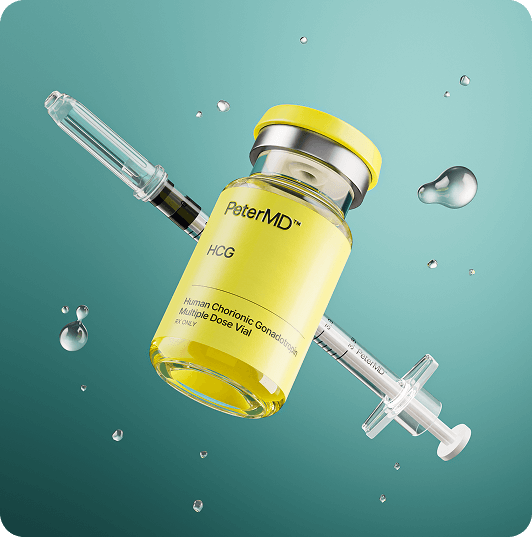What Drives Testosterone Replacement Therapy Costs in 2024?

Men exploring testosterone replacement therapy (TRT) often face sticker shock when researching treatment options. Understanding the key factors that influence pricing can help you make informed decisions about this increasingly popular medical intervention.
Recent data shows that best testosterone replacement therapy usage has increased by over 300% in the past decade, yet treatment costs vary dramatically across different providers and regions. Several critical factors determine what you’ll ultimately pay for therapy.
Treatment Method Makes the Biggest Difference
The delivery method you choose significantly impacts your total investment. Injectable testosterone typically costs between $30-100 monthly, making it the most budget-friendly option. Topical gels range from $200-500 per month, while testosterone pellets can cost $300-600 every three to four months.
Newer delivery systems like nasal gels and buccal tablets command premium prices, often exceeding $400 monthly. The convenience factor drives much of this price variation—methods requiring less frequent administration generally cost more.
Geographic Location Affects Pricing
Where you live plays a major role in treatment expenses. Urban areas typically see higher costs due to increased overhead expenses and higher demand. Patients in metropolitan regions might pay 20-40% more than those in rural areas for identical treatments.
State regulations also influence pricing. Some states have more restrictive prescribing requirements, potentially increasing consultation costs and limiting provider options.
Insurance Coverage Creates Price Variations
Insurance coverage remains inconsistent for TRT. Many plans cover treatment only when testosterone levels fall below specific thresholds and symptoms significantly impact daily life. Co-pays and deductibles can range from $10-50 per prescription for covered patients.
Those without coverage face full retail pricing, which explains why some patients pay $50 monthly while others spend $500 for similar treatments.
Provider Type Influences Costs
Traditional endocrinologists and urologists often charge different rates than specialized hormone clinics or telemedicine platforms. Specialty clinics frequently offer package deals including consultations, blood work, and medications for $150-400 monthly.
Telemedicine providers have disrupted traditional pricing models, often offering competitive rates by reducing overhead costs. However, they may require patients to obtain lab work independently.
Additional Services Add Up
Blood monitoring represents a significant ongoing expense. Most providers require quarterly testing, costing $100-300 per panel. Some patients need monthly monitoring during initial treatment phases.
Consultation fees vary widely, from $150-500 for initial appointments. Follow-up visits typically cost $100-250 each.
Making Treatment More Affordable
Several strategies can reduce TRT expenses. Generic formulations cost significantly less than brand-name options. Patient assistance programs offered by pharmaceutical companies may provide discounts for qualifying individuals.
Shopping around and comparing total treatment packages rather than individual component costs helps identify the best value. Some patients find that slightly higher upfront costs with comprehensive providers actually save money long-term by avoiding surprise fees.
Understanding these cost factors empowers you to make educated decisions about testosterone replacement therapy while managing your healthcare budget effectively.
